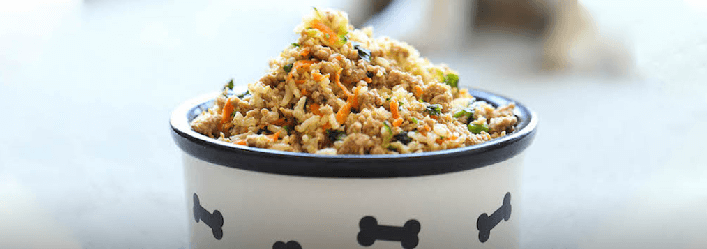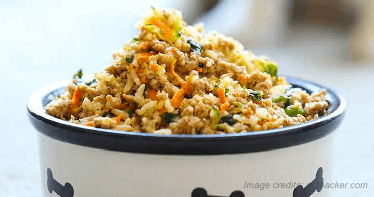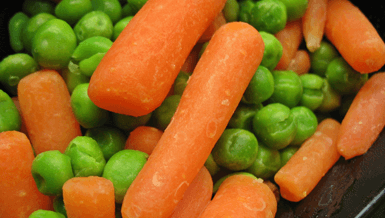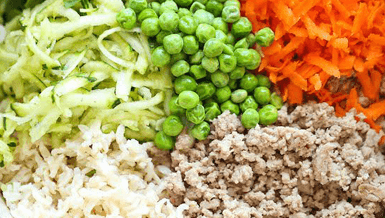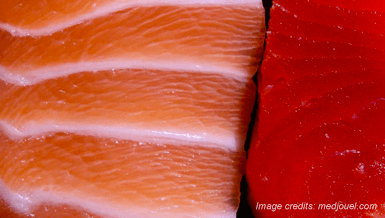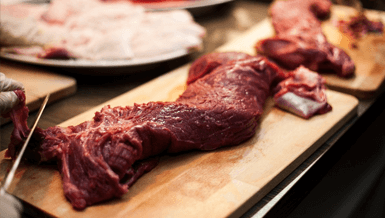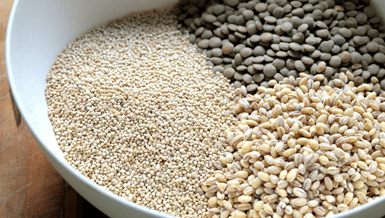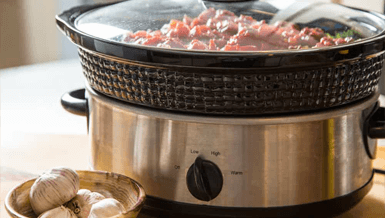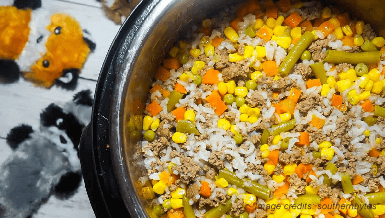CONSULT A VET TO UNDERSTAND YOUR DOG’S NUTRITIONAL NEEDS
Take the very worthwhile visit to your local veterinarian to create a personalized nutritional plan. In addition to consulting a vet, use personal judgment when applying this information to your dog’s diet. Different dietary regimens help different human function at their highest potential. Naturally, the same goes for our furry four-legged friends. The regimen effective for your neighbor’s pup, may not be the best for yours. The right food greases the gears of your dog to help him or her live their longest and fullest lives. And look great while doing it!
DIGESTIBLE CLEAN PROTEINS, HEALTHY GRAINS, & HIGH FIBER VEGETABLES
Digestible proteins take center stage in a dog’s diet. Proteins maintain and repair cells and other tissues. They also make hormones, antibodies, and enzymes. Historically, chicken and beef have been touted as the best digestible clean protein, but over the past few decades, lamb has surpassed beef. Another fairly new contender for the sport for best clean protein is organ meats--easy on the wallet, easy to procure, easy to prepare. Proteins are the key to a robust and smooth-functioning pup. And though dogs were once true carnivores, they’ve evolved to become omnivores, meaning their digestive systems accept and can reap benefits from some grains and veggies too.
As for grains, these contain carbohydrates, fats, and antioxidants. So, the grains that we put in our homemade dog food will go to support healthy, skin, and hair.
Lastly, high fiber vegetables are great for adding volume to food without many excess calories. In a doggie stomach, the good intestinal bacteria ferments the fiber into fatty acids that later keeps bad bacteria in check. Unsurprisingly, fibrous veggies are a staple for a dieting dog. Adding them in dog food makes dogs eat slower and feel fuller, so they can be at their healthiest weight points. All three components--protein, grains, and vegetables--help support a strong immune system!













